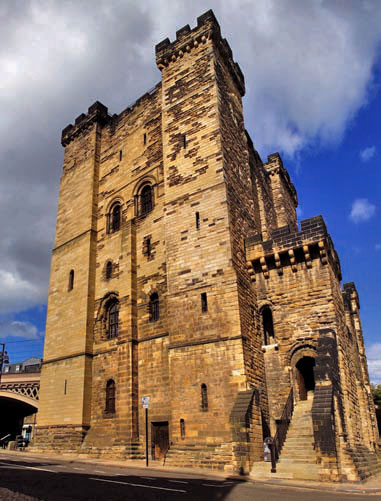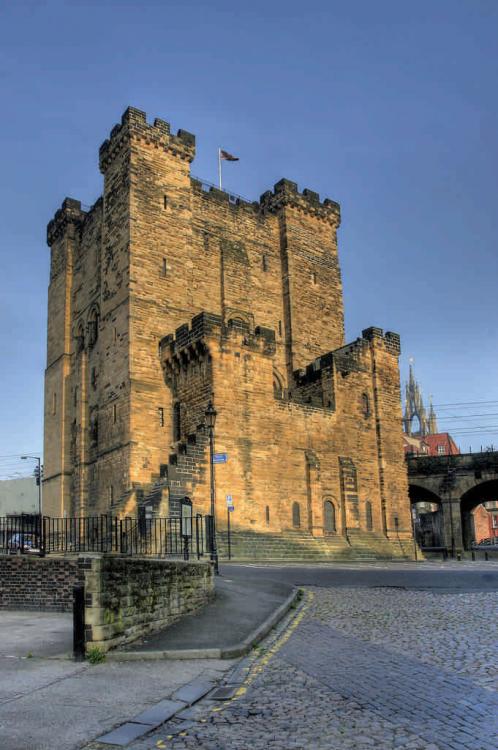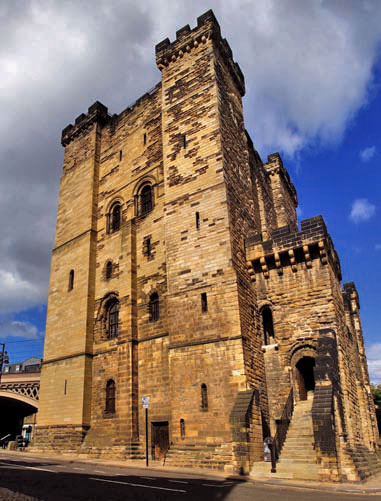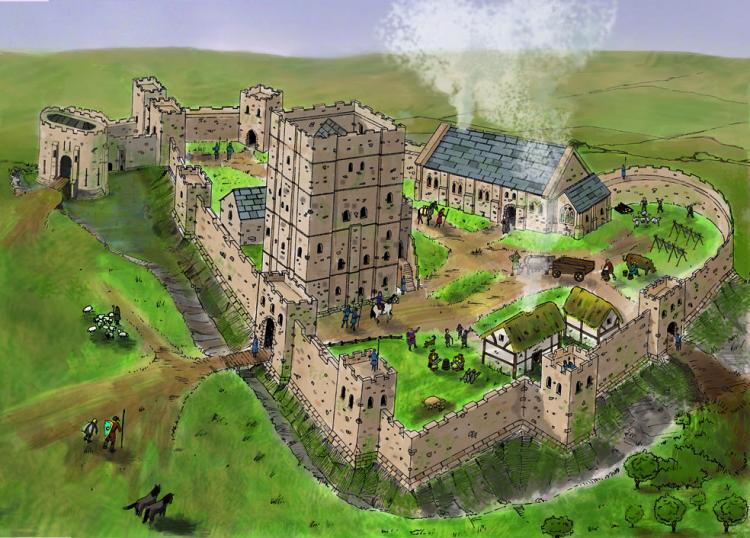Robert Curthose, eldest son of William the Conqueror, built the motte and bailey castle
in 1080. Maurice the engineer rebuilt the Castle in stone between 1168 and 1178 for the King, Henry II and went on to design and build Dover Castle. King John added to it in the early 13th century.
After the completion of the town wall in the mid 14th century the Castle was isolated within these new defences, and became militarily redundant, but was refortified during the Civil War (1642-1648). During the siege of the town in 1644 the Castle became the last stronghold of the Royalist defenders. 40,000 Scottish troops successfully besieged Newcastle for three months.
The Castle Keep has many important features, including the late Norman chapel, with its carved chevrons and chains of beads, and the well, which is nearly 100 feet deep, allowing fresh water to be provided to the Castle during a siege. For security, access to the Keep was via an external stair to the great hall on the second floor. The climb to the roof, where guns were mounted in the 19th century and fired on ceremonial occasions, is well worth it for the views of the River Tyne and its famous bridges. Seven of the ten bridges between Newcastle and Gateshead can be seen.
Call 0191 232 7938 for current opening hours and admission charges.




